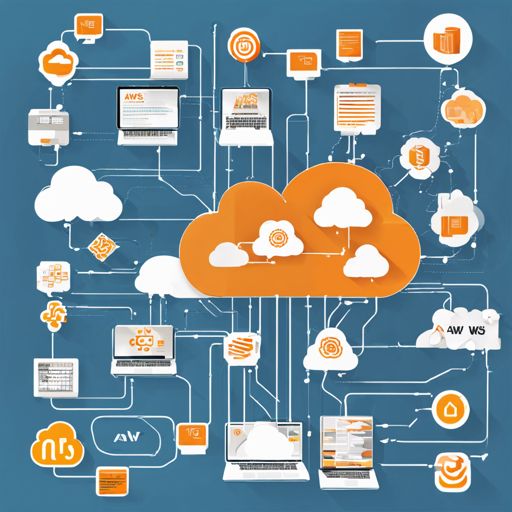AWS Organization Formation is an Infrastructure as Code (IaC) tool that simplifies the management of AWS Organizations. With its intuitive features, developers can model and automate account creation, resource provisioning, and management across multiple AWS accounts effortlessly.
Key Features of AWS Organization Formation
- Infrastructure as Code for AWS Organizations: Manage your AWS Organization resources as code to facilitate easier changes and updates.
- CloudFormation Annotations: Utilize CloudFormation annotations for provisioning resources across accounts efficiently.
- Account Creation Automation: Automate the process of account creation and resource provisioning to reduce manual errors.
Getting Started with AWS Organization Formation
To dive in, you’ll first need to install the tool using npm:
npm install -g aws-organization-formationAfter the installation, you can verify it’s working by executing:
org-formation --helpSetting Up in a Docker Environment
If you’d like to run AWS Organization Formation inside a Docker container, here are the steps:
AWS_PROFILE=example
docker run --rm -it -v $HOME/.aws:/root/.aws:ro -v $PWD:/workdir -w /workdir -e AWS_PROFILE orgformation/aws-organization-formation-cliYou can also create an alias to simplify container execution:
alias org-formation='docker run --rm -it -v $HOME/.aws:/root/.aws:ro -v $PWD:/workdir -w /workdir -e AWS_PROFILE orgformation/aws-organization-formation-cli'How to Create and Manage Your Organization Template
Creating an organization file is the first step in managing your AWS resources. Here’s how to do it:
org-formation init organization.yml --region us-east-1 [--profile org-master-account]The output file will look like this:
AWSTemplateFormatVersion: 2010-09-09
Resources:
OrganizationRoot:
Type: OC::ORG::OrganizationRoot
Properties:
ServiceControlPolicies:
- !Ref RestrictUnusedRegionsSCP
ProductionAccount:
Type: OC::ORG::Account
Properties:
RootEmail: production@myorg.com
AccountName: Production Account
Tags:
budget-alarm-threshold: 2500
account-owner-email: my@email.comThe Importance of Managing AWS Organization Resources
Just like managing individual resources within AWS, managing Organization resources as code dramatically reduces manual oversight. It enhances automation and minimizes the potential for inconsistencies or errors across various accounts.
Troubleshooting Common Issues
If you experience slow operations, consider running multiple stacks concurrently by using the command:
--max-concurrent-stacks 10Similarly, for tasks, you can run with:
--max-concurrent-tasks 10However, running tasks in parallel may lead to logging discrepancies, so use it judiciously. For more insights, updates, or to collaborate on AI development projects, stay connected with fxis.ai.
Frequently Asked Questions
How do I Setup MFA for Org-formation?
To implement Multi-Factor Authentication (MFA), follow this procedure:
- Assign an MFA device to your IAM User in the AWS console.
- Create a high-privilege IAM Role, enforcing MFA, using CloudFormation.
- Establish a profile linking to this role.
- Verify the setup with a command requiring MFA.
What happens to an account removed from organization.yml?
Removing an account from the organization file does not delete it. Instead, that account will no longer be part of the organization until you re-add it.
Conclusion and What Next?
AWS Organization Formation empowers developers to streamline their AWS Organization management with the power of Infrastructure as Code. Equip yourself with this tool, and remove the manual hurdles in managing AWS Organizations.
At fxis.ai, we believe that such advancements are crucial for the future of AI, as they enable more comprehensive and effective solutions. Our team is continually exploring new methodologies to push the envelope in artificial intelligence, ensuring that our clients benefit from the latest technological innovations.

